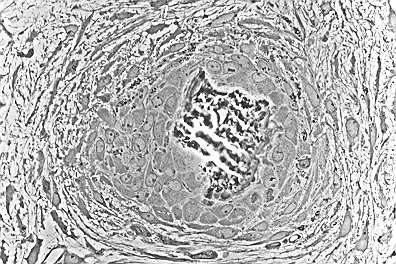Research uncovers new protein to treat damaged bones

Korean researchers believe that the 'DJ-1 protein' can be used to promote the formation of new bone tissue in patients suffering from osteoporosis by improving communication between bone making cells (osteoblasts) and blood vessel (endothelial) cells. The research was published in Nature Communications.
Professor Pann-Gill Suh and Dr. Jung-Min Kim at the School of Nano-Bioscience and Chemical Engineering, Ulsan National Institute of Science and Technology (UNIST) identified DJ-1 as a novel mediator of the cross-talk between osteoblasts and endothelial cells by screening molecules secreted from as yet undifferentiated human skeletal cells. These skeletal cells, also known as mesenchymal stem cells, have the ability to develop into fully fledged bone cells (osteoblasts).
The researchers showed that DJ-1 stimulates the differentiation of the yet undifferentiated skeletal cells into bone cells by activating fibroblasts, cells which in turn ensure connective tissue growth. Working with rodents, they were able to uncover previously undefined extracellular roles of DJ-1, to promote angiogenesis and osteogenesis, suggesting DJ-1 may have therapeutic potential to stimulate bone regeneration.
More information: "DJ-1 promotes angiogenesis and osteogenesis by activation FGF receptor-1 signaling": www.nature.com/ncomms/journal/ … full/ncomms2313.html

















